The following works are reprinted with permission:
Purity, from Questions about Angels, by Billy Collins, 1999. Reprinted by permission of the University of Pittsburgh Press and by permission of the author.
since feeling is first. Copyright 1926, 1954, 1991 by the Trustees for the E. E. Cummings Trust. Copyright 1985 by George James Firmage, from Complete Poems, 19041962 by E. E. Cummings, edited by George J. Firmage. Used by permission of Liveright Publishing Corporation.
You Reading This, Be Ready. Copyright 1998 by the Estate of William Stafford. Reprinted from The Way It Is: New & Selected Poems, with the permission of Graywolf Press, Saint Paul, Minnesota.
The Red Wheelbarrow, by William Carlos Williams. From Collected Poems, 190939, vol. 1, copyright 1938 by New Directions Publishing Corp. Reprinted by permission of New Directions Publishing Corp. William Carlos Williams, Collected Poems, Carcanet Press Limited, 2000.
Pablo Neruda, Gentleman without Company. Reprinted from Neruda and Vallejo: Selected Poems, Beacon Press, Boston, 1993. Copyright 1993 Robert Bly. Used with his permission.
The University of Chicago Press, Chicago 60637
The University of Chicago Press, Ltd., London
2007 by The University of Chicago
All rights reserved. Published 2007
Paperback edition 2008
Printed in the United States of America
17 16 15 14 13 12 11 10 09 08 3 4 5 6 7
ISBN -13: 978-0-226-40192-8 (cloth)
ISBN -13: 978-0-226-40193-5 (paper)
ISBN -10: 0-226-40192-8 (cloth)
ISBN -10: 0-226-40193-6 (paper)
ISBN -13: 978-0-226-02699-2 (e-book)
Library of Congress Cataloging-in-Publication Data
Johnson, Mark, 1949
The meaning of the body : aesthetics of human understanding / Mark Johnson.
p. cm.
Includes bibliographical references and index.
ISBN -13: 978-0-226-40192-8 (cloth : alk. paper)
ISBN -10: 0-226-40192-8 (cloth : alk. paper)
1. Meaning (Philosophy). 2. Body, Human (Philosophy) 3. Aesthetics. I. Title.
B105.M4.J65 2007
121'.68dc22
206100532
 The paper used in this publication meets the minimum requirements of the American National Standard for Information SciencesPermanence of Paper for Printed Library Materials, ANSI Z39.48-1992.
The paper used in this publication meets the minimum requirements of the American National Standard for Information SciencesPermanence of Paper for Printed Library Materials, ANSI Z39.48-1992.
M ARK JOHNSON
The Meaning of the Body
AESTHETICS OF HUMAN UNDERSTANDING
The University of Chicago Press
Chicago & London
F OR MY CHILDREN:
Paul, who is joyful and kind of heart, and
Sarah, who has a poets imagination
C ONTENTS
P REFACE
The Need for an Aesthetics of Human Meaning
People want their lives to be meaningful. This desirethis erosfor meaning is so strong in us that we are sometimes even willing to risk death in our pursuit of meaning and fulfillment. It is our need to make sense of our experience and to inquire into its overall meaning and significance that has kept philosophy alive since the dawn of reflective thinking in our species. When philosophy ceases to further our quest for meaningwhen it stops addressing the recurring problems that define the human conditionit loses its relevance to human existence.
Unfortunately, meaning is a big, messy, multidimensional concept that is applied to everything from grandiose notions like the meaning of life all the way down to the specific meanings of single words or even morphemes. This book is about meaningwhat it is, where it comes from, and how it is made. The guiding theme is that meaning grows from our visceral connections to life and the bodily conditions of life. We are born into the world as creatures of the flesh, and it is through our bodily perceptions, movements, emotions, and feelings that meaning becomes possible and takes the forms it does. From the day we are brought kicking and screaming into the world, what and how anything is meaningful to us is shaped by our specific form of incarnation.
My work over the past three decades has focused primarily on the bodily sources of meaning, imagination, and reasoning. I drew from phenomenology, linguistics, and the newly emerging cognitive sciences to explain how aspects of our bodily experience give rise to our conceptualization and reasoning. However, I have come to realize that, even though I then regarded these earlier efforts as revealing the very heart of human meaning-making, nevertheless, I had not grasped the deepest and most profound bodily sources of meaning. In retrospect, I now see that the structural aspects of our bodily interactions with our environment upon which I was focusing were themselves dependent on even more submerged dimensions of bodily understanding. It was an important step to probe below concepts, propositions, and sentences into the sensorimotor processes by which we understand our world, but what is now needed is a far deeper exploration into the qualities, feelings, emotions, and bodily processes that make meaning possible.
Once I took the leap into these deep, visceral origins of meaning, I soon realized that I was dealing with aspects of experience traditionally regarded as the purview of aesthetics. If this was true, then aesthetics must not be narrowly construed as the study of art and so-called aesthetic experience. Instead, aesthetics becomes the study of everything that goes into the human capacity to make and experience meaning. This entailed that an aesthetics of human understanding should become the basis for all philosophy, including metaphysics, theory of knowledge, logic, philosophy of mind and language, and value theory.
There is a rich tradition in American philosophy, culminating in the work of the pragmatist philosopher John Dewey, which gives pride of place to aesthetics. Unfortunately, most Anglo-American philosophy in the twentieth century ignored or even rejected this pragmatist tradition. What followed was an analytic philosophy built on the marginalizing of aesthetics and the championing of a narrow view of meaning as conceptual and propositional in character.
I contend that this mainstream, and still dominant, tradition has only the most meager resources for dealing with the deepest sources of human meaning. Consequently, much contemporary philosophy focuses exclusively on abstract conceptual and propositional structure, leaving us with a very superficial and eviscerated view of mind, thought, and language. These philosophers have developed elaborate conceptual schemes for identifying the so-called cognitive, structural, and formal aspects of experience, thought, and language, but they lack adequate philosophical resources to plumb the depths of the qualitative feeling dimensions of experience and meaning. Although some phenomenological traditions do address these affective dimensions, phenomenology has been marginalized within mainstream Anglo-American philosophy and has consequently not had the salutary influence on our conception of human understanding that it deserves.
However, there is good news. In the past few years the cognitive neurosciences have begun to entice even hardcore analytic philosophers of mind and language to pay more attention to the vast, submerged continents of nonconscious thought and feeling that lie at the heart of our ability to make sense of our lives. A major part of what I have to say in this book about the nature of meaning and thinking draws on some of these recent developments in the new sciences of embodied mind. I attempt to blend work from cognitive science with traditional phenomenological description, in order to provide an enriched view of human meaning-making.
I will argue that the chief reason that certain philosophers neglect notions like quality, emotion, and feeling is their mistaken view of these as nothing but subjective mental states that are merely aesthetic matters of subjective judgment and taste. There is today still a pervasive cultural misunderstanding of, and consequent prejudice against, aesthetics. When the arts are misconceived as a minor, nonpractical, wholly subjective dimension of human life, aesthetics becomes merely a tertiary enterprise having little perceived relevance to the nature of mind and cognition. This subjectivization of the aesthetic (as Hans-Georg Gadamer calls it) has led to a number of unfortunate consequences, both for our lives and for our philosophies of meaning and value. Chief among these harmful misconceptions are that (1) the mind is disembodied, (2) thinking transcends feeling, (3) feelings are not part of meaning and knowledge, (4) aesthetics concerns matters of mere subjective taste, and (5) the arts are a luxury (rather than being conditions of full human flourishing).
Next page
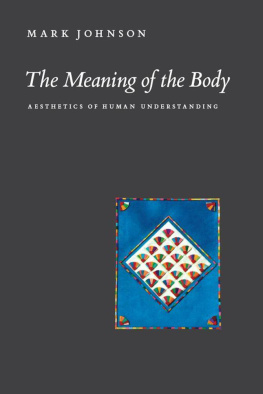




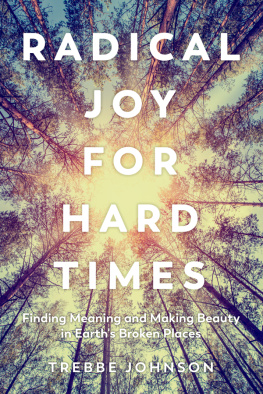
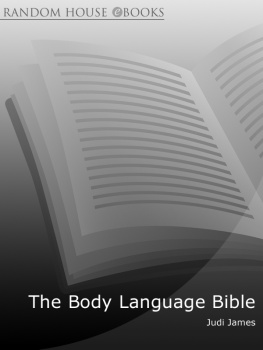




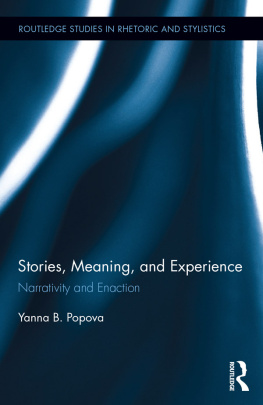
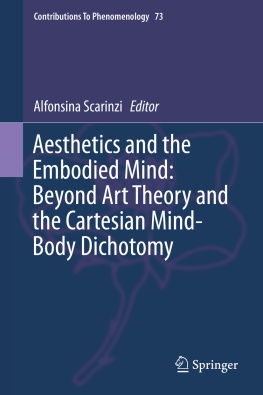
 The paper used in this publication meets the minimum requirements of the American National Standard for Information SciencesPermanence of Paper for Printed Library Materials, ANSI Z39.48-1992.
The paper used in this publication meets the minimum requirements of the American National Standard for Information SciencesPermanence of Paper for Printed Library Materials, ANSI Z39.48-1992.